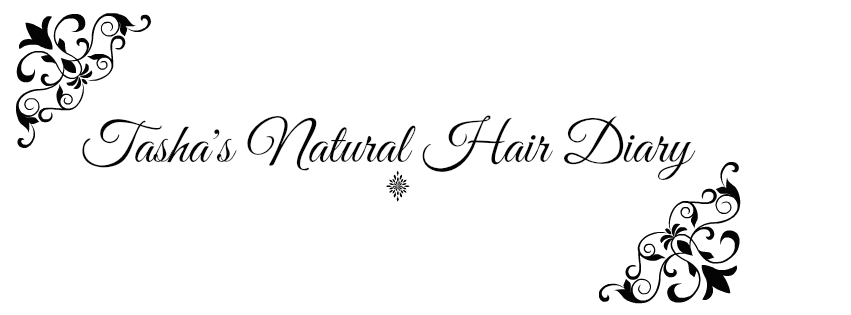Well... The first time I heard about texlaxing was only a
few months ago. I stumbled upon that term accidentally when I was doing some
research about hair care and how I can manage my hair.
So, what is “Texlaxing”
Texlaxing is basically when one relaxes their hair just
enough to retain some texture. There are 3 ways to do it:
Keep in mind that texlaxing is done using a relaxer. There
is no special kit for this method. Just as the term suggests, texlaxed hair
falls between retaining some texture and chemically relaxed hair.
Pros and Cons of texlaxing
In my opinion, having texlaxed hair gives everyone else the
impression that your hair is natural. Truth be told, it may look natural but it
isn’t, although it possesses certain characteristics of natural hair. Because
texlaxing is a method in which the hair is not 100% relaxed, not all the
protein bonds are damaged leaving it significantly stronger that having it
fully relaxed. Texlaxed hair generally appears thicker and fuller, so it may be
better for those who don’t like the thinness of having completely relaxed hair.
On the other hand, for those who are transitioning from relaxed to texlaxed,
like myself, some disadvantages I face are as follows:
Ever wondered how I begun?
Coincidentally, on the 29th of July 2013, I went to my
hairdresser for my yearly relaxer and this time the only difference was that I
switched relaxers. I bought the Organic Root Stimulator Olive Oil (Normal)
Relaxer. Note: My new growth was nearly 4.5”. So my hairdresser went on as she
normally would to relax my hair. After the relaxer was rinsed out and
shampoo’d, I noticed that my hair was only about 50% relaxed, and boy was I
happy with the texture my ‘new growth’ had. It was a lot thicker when it was
wet. The only thing I wasn’t too happy about was my 100% relaxed ends. The
demarcation line between the two textures was quite evident in the wet state.
My hairdresser convinced me that it wouldn’t show much after it dried, so she
went on and dried it. Another thing was that my hair appeared slightly shorter
because this time it was not all 100% bone straight.
So, what is “Texlaxing”
x
Using
a milder form of a relaxer (this could be obtained by either diluting the
relaxer or purchasing the mild form of it, for example if one uses Super, they
could switch to Normal).
x
Using
their regular relaxer for half the amount time they normally would take to
relax their hair.
x
Both
techniques could also be adopted –use of a milder relaxer + letting it sit on
the hair for half the amount of time normally required.
x
The
hair gets a lot drier a lot faster, so one has to be on top of their
moisturizing regimen.
x
Two
demarcation lines – one between the new growth and texlaxed hair and another
one between the texlaxed hair the relaxed hair. Maintenance of three textures
is not easy and requires some time and effort.



Great work.
ReplyDelete